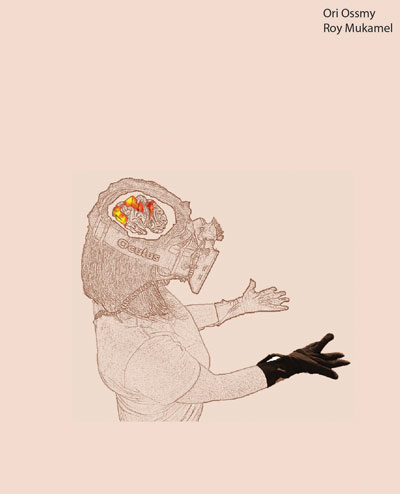Learning a new sensorimotor skill (such as playing the piano), requires practice that can last days, months and sometimes even years, if one is to reach the levels of professional athletes or musicians. But what constitutes the optimal way to practice? And what are the underlying neural circuits? We are often told that ‘practice makes perfect’ and indeed the most efficient way to improve performance of a motor skill is physical practice with the relevant effector. However, research over the past decades has demonstrated that alternative methods that do not involve direct physical engagement of the limb (e.g. imagery or manipulation of sensory feedback) can also introduce significant gains in performance. Such methods include ‘learning-by-observation’ – in which passive observation of someone else performing the task introduces significant performance gains in the observer (a phenomenon believed to be mediated through visual-sensitive neurons in the motor cortex of the observer termed ‘mirror neurons’). Another method is ‘cross-education’ – a phenomenon in which physical training with one hand introduces performance gains not only in the practicing hand but also in the opposite hand.
Beyond the insights that could be gained by exploring the mechanisms underlying such alternative methods of training, there are also practical implications. Following neurological insult (such as a stroke), patients often suffer from hemiparesis – weakness or limited voluntary control and sometimes even paralysis of one hand. In such cases physical training with the affected limb is very challenging and exhausting, resulting only in modest rehabilitation benefits. Therefore, finding efficient alternative training routes to direct physical training, and obtaining a better understanding of the neural circuits at play, is of great interest for both basic and clinical research.

Figure: Using virtual reality to trick the brain and facilitate transfer of motor-skill knowledge from one hand to the other.
In the current study, we examined various routes of training a hand without the need to actively move it in a voluntary manner. Using functional magnetic resonance imaging (fMRI), we also explored the underlying neural networks at play. To this end, we developed a unique virtual-reality (VR) setup that allowed us to manipulate sensory feedback during training. Healthy subjects physically trained on a sequence of finger movements with their right hand. The VR goggles and motion sensitive gloves allowed us to detect right hand finger movements and provide the subjects with visual feedback as if their left hand was performing the movement. We found such training to introduce significant left-hand performance gains in the complete absence of its physical training. These performance gains were highest compared to other training schemes that do not involve physical movement of the left hand. In another set of subjects, we added a mechanical device that passively yoked left-hand finger movement to the voluntary movement of right-hand fingers during training. This training scheme introduced even higher left-hand performance gains than the visual manipulation alone. Using fMRI on a 3D set of subjects, we found that activity levels in the superior parietal lobule during training, a region known to be involved in sensorimotor integration, correlated with subsequent left-hand performance gains across subjects. In other words, when healthy subjects train with their right-hand while seeing corresponding left-hand movement, activity in this region predicts subsequent improvements in their non-trained left hand. These behavioral and neural insights provide an exciting potential for the development of optimized training schemes for healthy subjects and rehabilitation of neurological patients.
Reference
Neural Network Underlying Intermanual Skill Transfer in Humans. Ori Ossmy & Roy Mukamel, Cell Reports Volume 17, Issue 11, p2891–2900, 13 December 2016; DOI: http://dx.doi.org/10.1016/j.celrep.2016.11.009.
Other References
Activity in superior parietal cortex during training by observation predicts asymmetric learning levels across hands. Ori Ossmy & Roy Mukamel, Scientific Reports 6:32133 | DOI: http://dx.doi.org/10.1038/srep32133.
Perspective by Prof. Jody Culham (Cell Reports)


































